Introduction:
Gaps and cracks in teeth are not just cosmetic concerns but can also affect oral health. In the United States, a significant number of adults face these dental issues, which may lead to more serious dental problems if not addressed timely. Fortunately, modern dentistry offers several effective treatments to fix these imperfections.Understanding these options can guide you in making informed decisions for your dental care journey.This article will explore the prominent techniques available to fix gaps and cracks in teeth, providing you with the necessary insights to achieve a healthier, more confident smile.
1. Understanding the Causes of Gaps and Cracks
The development of gaps and cracks in teeth can occur due to a variety of reasons. Teeth gaps, known scientifically as diastema, might be genetic, result from habits like thumb sucking, or develop from periodontal disease. On the other hand, cracks can arise from physical trauma, teeth grinding (bruxism), or even from the natural aging process. Acknowledging these causes is a critical first step for effective treatment.
2. Assessing the Severity and Impact
Teeth gaps and cracks vary in size and the extent to which they affect dental functionality. Smaller gaps may only require cosmetic solutions, whereas larger gaps might need orthodontic treatment. Cracks can range from minor hairline fractures to significant breaks that can expose the tooth’s inner layers. Dental professionals often use x-rays and other diagnostic tools to assess the problem and propose tailored treatment plans.
3. Popular Treatments for Teeth Gaps
Several options are available for closing gaps in teeth. Composite bonding is a common and cost-effective solution for smaller gaps. For more substantial gaps, orthodontic treatments such as braces or aligners from Dentistry Toothtruth are recommended. Veneers are another aesthetic option that can provide a uniform look, closing smaller gaps and improving the overall appearance of teeth.
4. Addressing Teeth Cracks
Teeth cracks require proper care to prevent further deterioration and pain. Solutions include dental bonding for minor cracks, crowns for more significant fractures, and root canal treatment if the pulp is affected. Sometimes, extraction may be necessary for severely damaged teeth. Consulting with a professional team, like those at Dentistry Toothtruth, ensures the best treatment plan for individualized needs.
5. Importance of Timely Intervention
Delaying treatment for gaps and cracks can lead to more severe consequences such as tooth decay, infection, or loss. Timely dental interventions not only preserve dental health but also prevent costlier and more invasive treatments in the future. Early assessment and action can spare patients from additional discomfort and complex dental procedures.
6. Maintaining Results Post-Treatment
After correcting gaps and cracks, maintaining good oral hygiene is essential in ensuring lasting results. Regular check-ups, proper brushing and flossing techniques, and avoiding habits such as teeth grinding can prevent recurrence. Using protective gear during sports and avoiding hard foods can also help in maintaining the integrity of repaired teeth.
Dentistry Toothtruth recommends routine dental visits to monitor and sustain oral health post-treatment.
Conclusion:
Correcting gaps and cracks in teeth is essential for both cosmetic and health reasons. With various treatment options outlined by Dentistry Toothtruth, patients can choose solutions that best fit their needs. Taking prompt action and maintaining post-treatment care ensures a healthier smile and prevents potential dental complications. For anyone facing these dental challenges, consulting a professional is the first step towards restoring both the function and appearance of your teeth.

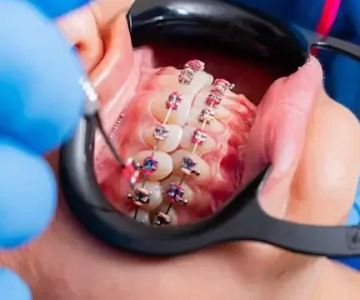
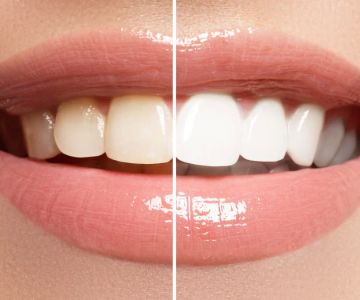
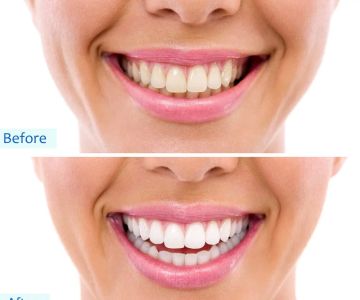
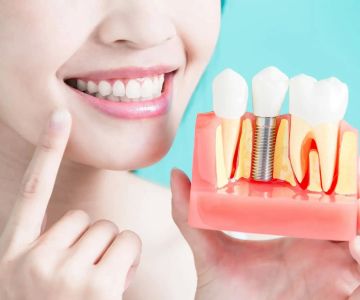
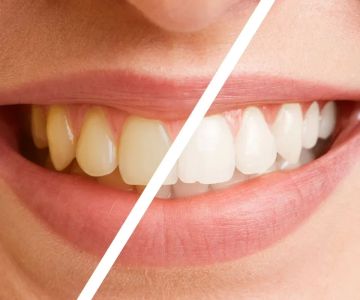

 Westgate Dental Arts
Westgate Dental Arts Coventry Family Dental
Coventry Family Dental Familia Dental
Familia Dental Dr. Daniel S. Fife, DDS
Dr. Daniel S. Fife, DDS Dentistry At Suburban Square: Michael I. Wollock, DMD
Dentistry At Suburban Square: Michael I. Wollock, DMD Comfort Care Dental
Comfort Care Dental The Importance of Oral Health Education During Pregnancy for a Healthy Pregnancy
The Importance of Oral Health Education During Pregnancy for a Healthy Pregnancy Why Skipping Dental Checkups Can Lead to Bigger Oral Health Problems
Why Skipping Dental Checkups Can Lead to Bigger Oral Health Problems Advantages of Porcelain Dental Restorations
Advantages of Porcelain Dental Restorations Best Tips for Brushing Your Teeth Properly for Healthy Gums: Essential Techniques for Oral Health
Best Tips for Brushing Your Teeth Properly for Healthy Gums: Essential Techniques for Oral Health How Can Diabetes Cause Tooth and Gum Problems? Preventing and Managing Oral Health Issues
How Can Diabetes Cause Tooth and Gum Problems? Preventing and Managing Oral Health Issues Healthy Habits for Promoting Good Oral Health and Hygiene: Tips for a Healthy Smile
Healthy Habits for Promoting Good Oral Health and Hygiene: Tips for a Healthy Smile